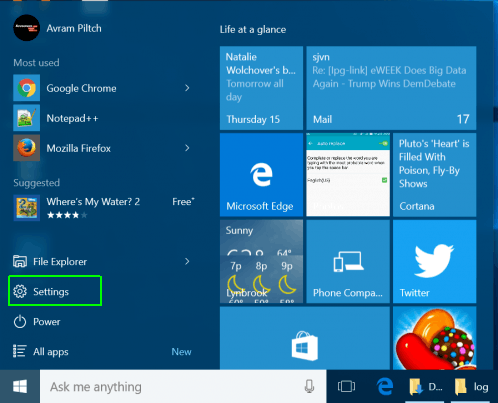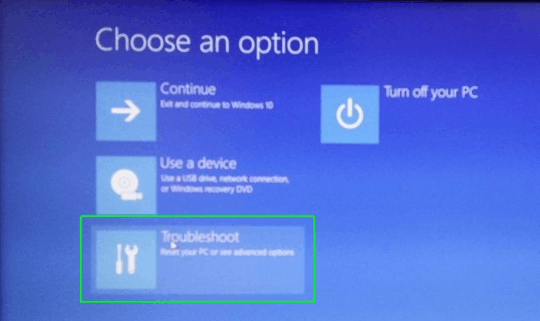Entering the BIOS Setup program is typically done by pressing a keystroke (or a keystroke combination) during the early part of the bootup sequence, before the operating system loads.
I would try pressing one of the other common combinations, like Delete, F1, F2, F8, F10, F12, or maybe Alt-F1, Alt-F2, Shift-F1, etc. (Note that if you press F8 too late, you might send F8 to the operating system, which may show a different boot menu). Sometimes F8 is used to select a boot device, but read the options carefully, because somethings there is an option, or other directions, which may provide you with a way to get into the BIOS setup program.
The manual for your motherboard should also enable the correct sequence, which could help to eliminate the guesswork. (If you can't figure it out, figure out what motherboard you have, because that information can be useful for anyone else who tries to provide specific instructions.)
Once you successfully get into the BIOS setup menu, look for some options to enable bootup messages, or disable fast booting (which often eliminates such messages).








2Hold the shift key down when you select shutdown, this will cause it to do a full shutdown and allow you to enter the bios when you power up again. – Moab – 2015-12-21T18:17:11.563
1Moab, you should post that as an answer. I see loads of questions on forums claiming that they can't get into the BIOS or UEFI after installing Windows 10. Others point out that that's impossible, though that never explained what they're seeing. What you are saying, makes sense. – barlop – 2015-12-21T18:32:41.030
@Moab Yes, that makes a lot of sense. If the Windows 10 "shutdown" process is really doing something else, more like hibernation, then people might not be doing a full reboot when they click on shutdown. Then, when they resume, the BIOS message doesn't show up because the system isn't doing a full reboot; it is waking from hibernation. That would cause a lot of confusion as barlop says. Please copy your comment as an answer so we can give you some deserved upvotes on an "answer" instead of just a comment. – TOOGAM – 2015-12-21T19:06:44.127
@Moab Thanks, it was going to Sleep instead of a full power-off. You should add that as an answer as that fixed my problem. – JimBobOH – 2015-12-22T07:32:20.447